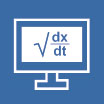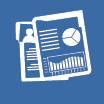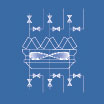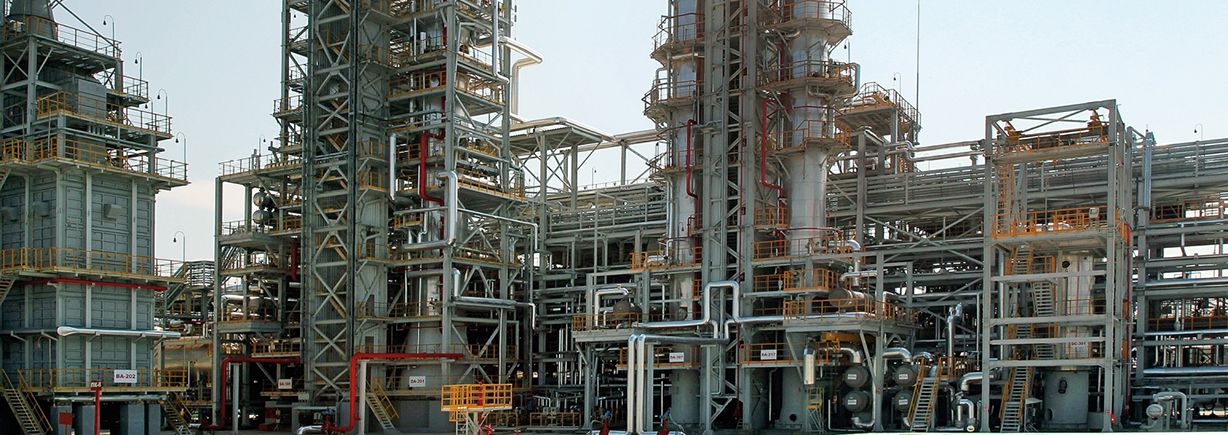Training management, automated control and personnel assessment

To manage the training, an intuitive interface has been developed that allows creating and editing tasks and training scenarios, performing operational management of the training process, as well as analyzing and printing the results of the training.
The software developed by T-Soft allows conducting a fully automated control of the trainees’ actions with the help of a unique control method, used to compare the deviation level of the actions obtained in the training process from a pre-conceived permissible scenario.
Each action of the trainee is recorded in the log for further analysis by the instructor of the training complex.
To effectively manage the training process, the instructor is provided with a wide range of tools, which includes the following functions:
- editing the trainees database;
- editing, recording and running training exercises;
- editing, recording and running scripts;
- simulation of regular, off-nominal and emergency situations;
- remote control;
- simulation of changes in external conditions;
- recording the technological process states: automatically and / or manually;
- selection and restoration of the technological process states;
- launch of automated monitoring and assessment of the trainees’ actions;
- monitoring and management of the process, including DCS and facilities in the field;
- support for ‘pause’, ‘start simulation’ modes as well as changing the speed of the modeling process;
- start of automatic logging of training process events, including all interventions in the course of the simulated process, as well as DCS messages;
- automated formation and printing of the final protocol with an assessment of the actions of each trainee and the team as a whole
Scripting
To simplify the creation of scenarios, technological object failures are specified not only from a structured list, but also on a detailed interactive technological scheme of the unit. When you click on the selected object, the corresponding technological unit can be automatically seen on the chart with a list of possible failures.

Simulated failures and emergencies
The total number of simulated failures and emergencies determines the quality and usefulness of the operators training to control the technological object.
A typical set of failures for the oil refining industry, implemented in the T-Soft training simulator complexes, includes:
|
Complex abnormalities
Sensors failures
Valves failures
Technological equipment failure
|
Pumping equipment failure
Compressor equipment failure
Control valves failures
Other situations
|
Portfolio
Complex simulators
Automated training system
Complex simulators
Automated training system
Useful Materials
Video















